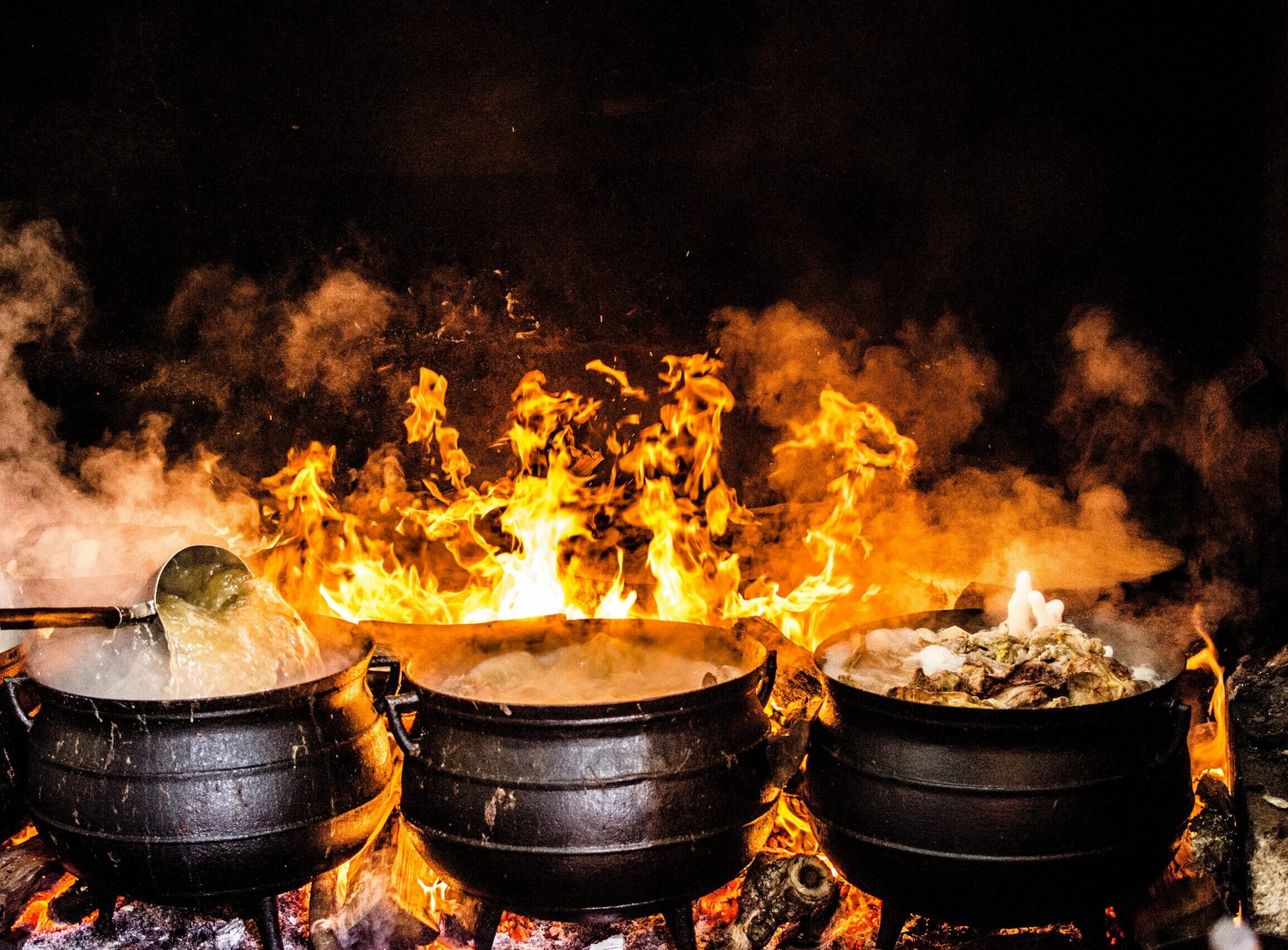We use pots and pans to cook our food everyday. In recent years information has been released about the toxins in cookware. In researching this topic I was surprised by what I found.
Disclaimer: This article is informational and I am not an expert. Do your own due diligence to research this topic. Now let us continue the discussion.
In my time of researching I found the obvious offenders of toxic cookware. They were Teflon, plastic, aluminum, and chemical glazes. These toxins leach heavy metals and forever chemicals into our bodies especially when they react to acidity and heat.
Toxic Metals
Aluminum
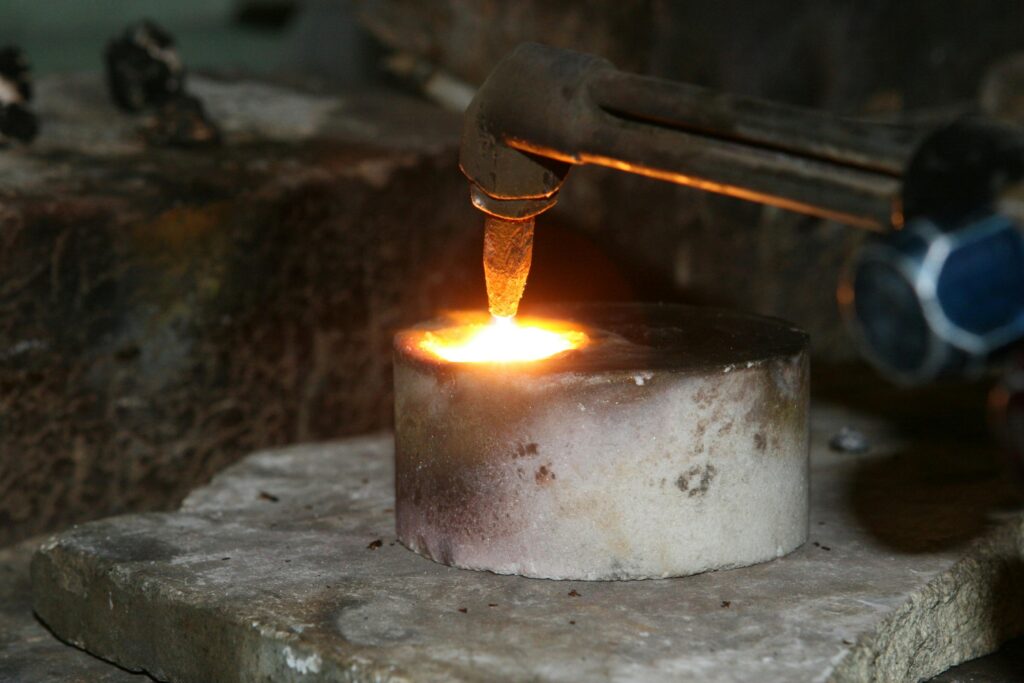
Aluminum affects the brain, the nervous system, the osseous system, and the production of blood cells.
More on Aluminum: https://www.ncbi.nlm.nih.gov/books/NBK597308/ and https://www.ncbi.nlm.nih.gov/pmc/articles/PMC8767391/
Cadmium
Cadmium is a by product of zinc production. When released into our soils it has a high soil to plant transfer. This release then causes a nutrient deficiency in plants which then affects us as humans. In people it can bond with many proteins and cells causing damage and by accumulating in the liver and kidneys. Cadmium causes iron deficiency, because it binds with the cells that use it.
For more information on Cadmium: https://www.ncbi.nlm.nih.gov/books/NBK158834/
Chromium
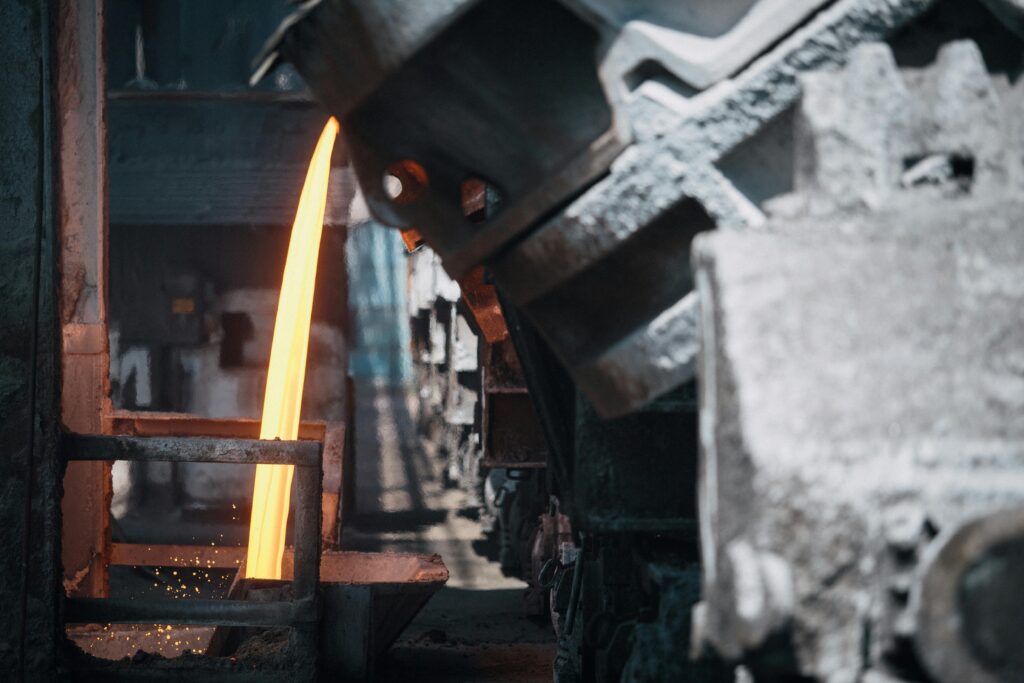
There are different types of natural accruing Chromium. Chromium (III) is essential but Chromium (VI) is highly toxic. Chromium (VI) is used in stainless steel production. High amounts are rereleased into the environment by our industrial system with the production of burning coal and oil, petroleum from ferro chromate, pigment oxides, catalyst, chrome steel, fertilizers, oil drilling and metal platting tanneries. This contaminates the ground water and poisons plants causing reduced root growth, leaf chlorosis, seed germination inhibition, and depressed biomass. It is especially harmful to corn, watermelon, wheat and barley, and other vegetables. In people, dust exposure causes cancers and organ failures, if ingested in high amounts it causes death, in small amounts it causes edema, ulcers, and other organ problems.
For more information on Chromium: https://www.ncbi.nlm.nih.gov/books/NBK158851/
Lead
In the past lead was used for pipes, pewter, paint, glazes for pottery, insecticides, and hair dyes. Today lead is used for batteries, pigments, bullets, electrical cable, weights, crystal glass, radiation protection, soldering , anti knock agents (gasoline additive), nuclear reactive coolant, roofing, solar energy semiconductors, lead tape on tennis rackets, fishing sinker, electronics, cigarettes, and the pencil we use everyday.
Lead damages plant chlorophyll and photosynthesis. In people it affects the brain nervous system, kidneys, reproductive system, and blood pressure.
More info: https://www.ncbi.nlm.nih.gov/pmc/articles/PMC4961898/
Mercury

Mercury is considered the most toxic heavy metal. It is found mostly in fatty fish and in the livers of lean fish. This metal is released by industries such as pharmaceutical companies, paper and pulp manufacturers, the agriculture industry, and the making of chlorine, and caustic soda production (drain pipe cleaner). It causes hair loss, lung damage, vision problems, depression, memory issues, and tremors. Mercury damages the brain, kidneys, and developing fetuses.
More info: https://www.ncbi.nlm.nih.gov/books/NBK499935/
Nickel
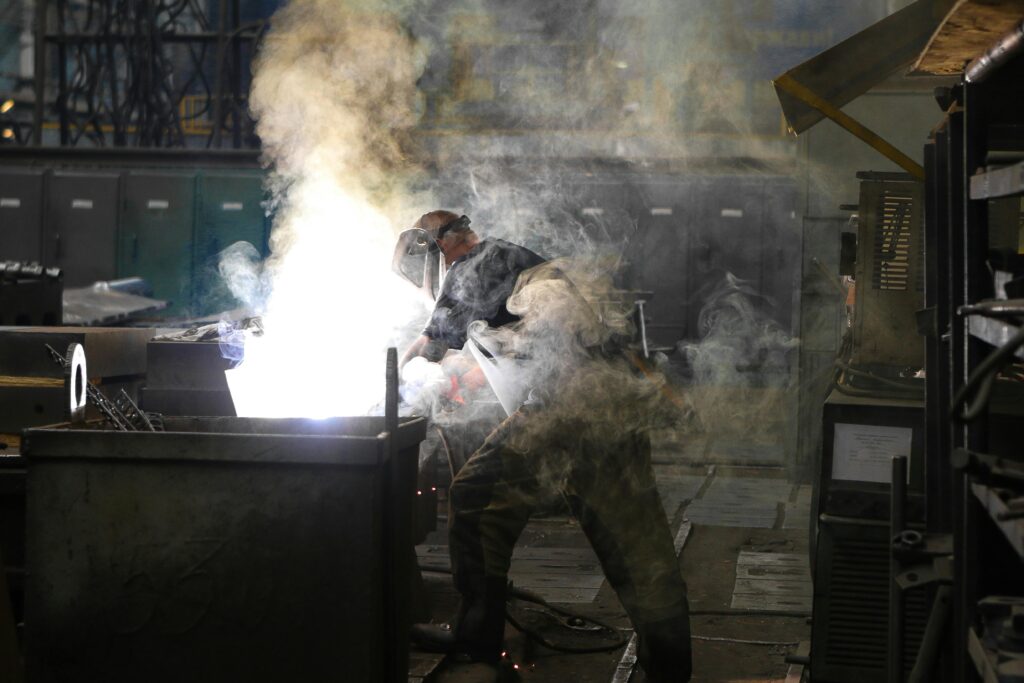
Nickel is used to make stainless steel and the people involved in manufacturing of this metal can contract contact dermatitis, cardiovascular disease, asthma, lung fibrosis, and respiratory cancer. Nickel can also be found in cheap jewelry, keys, paper clips, clothing fasteners, coins, alloy, food processing equipment, armaments, and cigarettes. Foods that absorb this metal are spinach, asparagus, carrots, broccoli, green beans tomatoes, cocoa trees, and nuts.
Copper

Copper is an essential nutrient to the human body but too much can cause digestive tract problems, liver damage, and even death. Copper must be a balanced nutrient because not getting enough can also cause problems.
Thallium

Thallium comes from volcanic activity, mineral ores, coal burning, fly ash (used in concrete and cement products), and thallium salts. It enters the bloodstream and collects in the bones, kidneys, and nervous system. It can cause ulcers, alopecia, and nerve degeneration, astral disorders, insomnia, paralysis, mass loss, internal bleeding, myocardial-heart injury, and death.
After the Facts
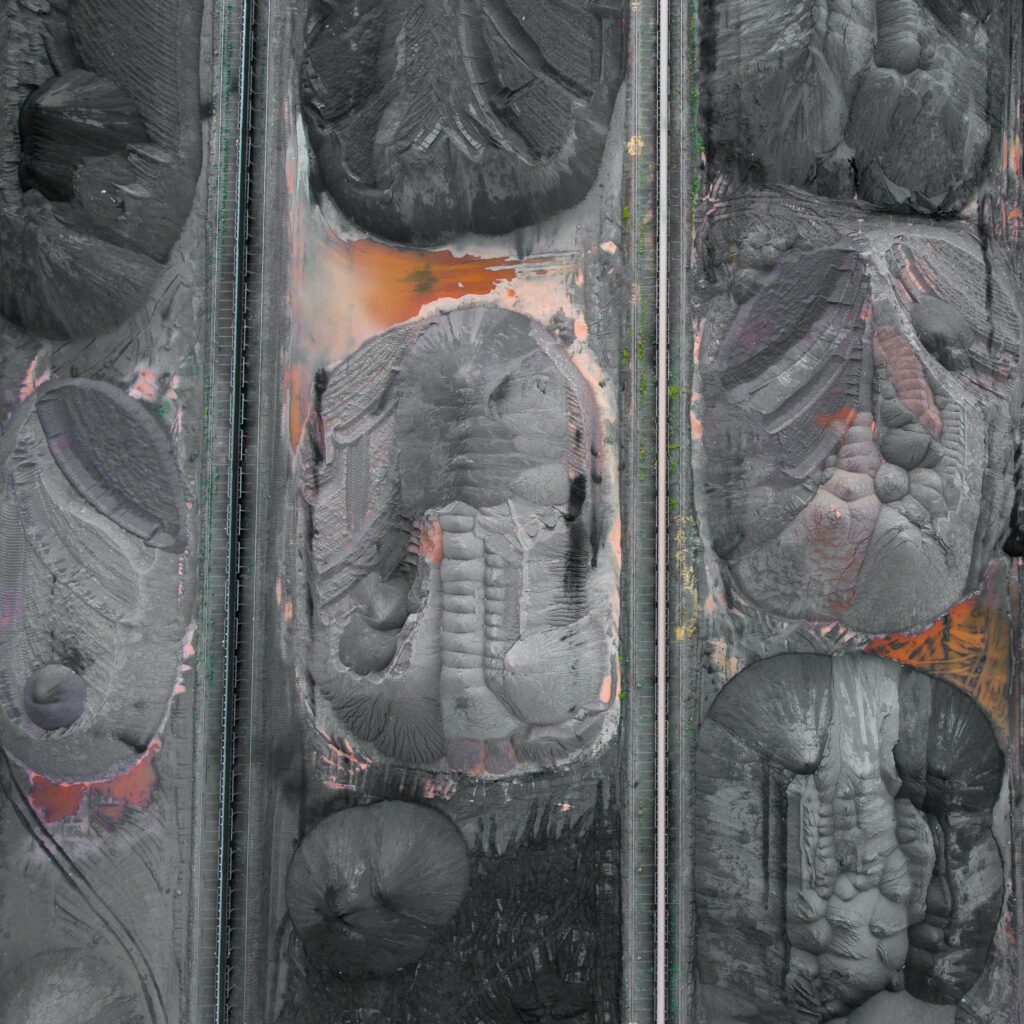
The question I pose is, are we suppose to use these materials? Could we survive and thrive with the simpler materials closer at hand? In the next part in this series we will discuss alternative options for our culinary needs.
